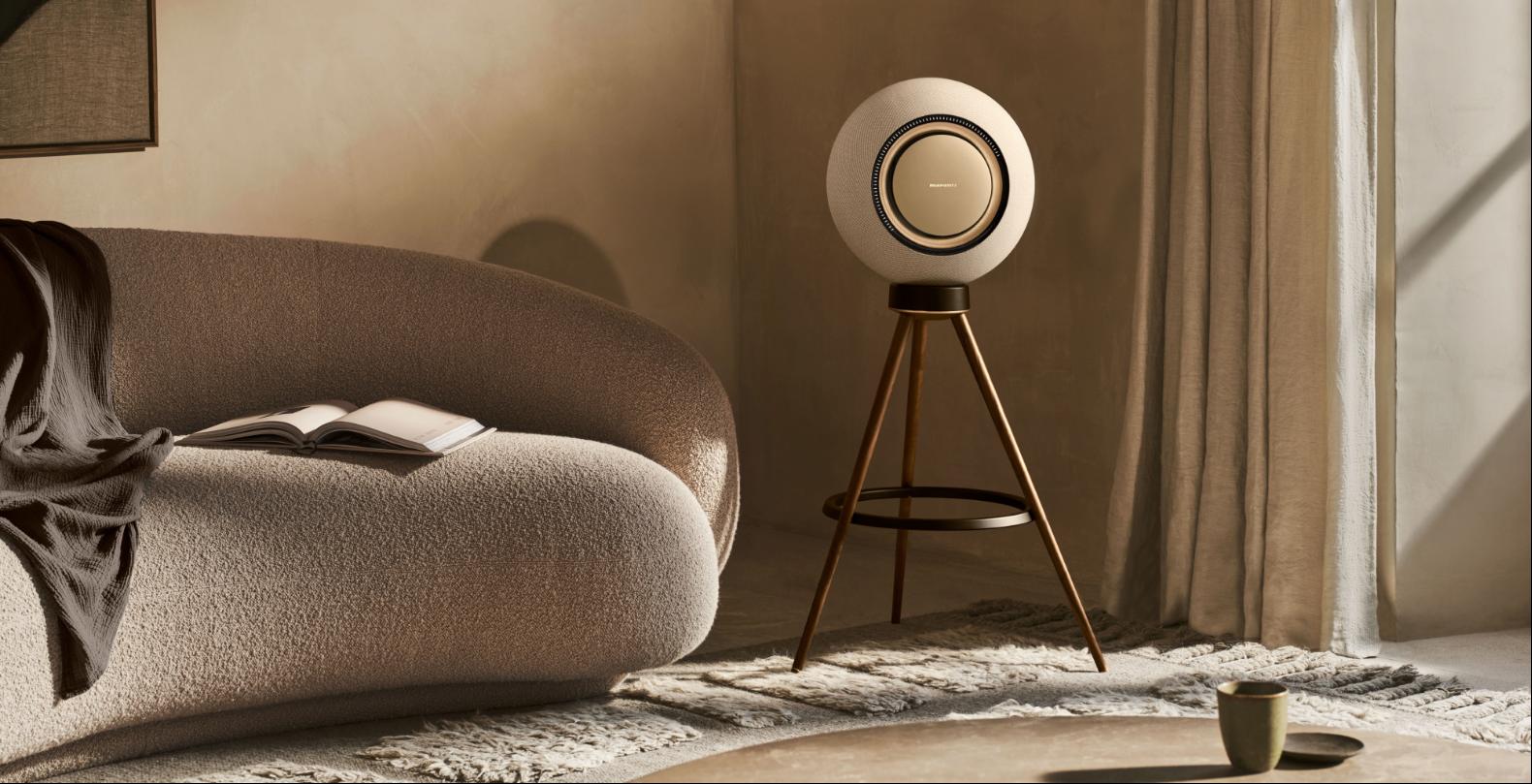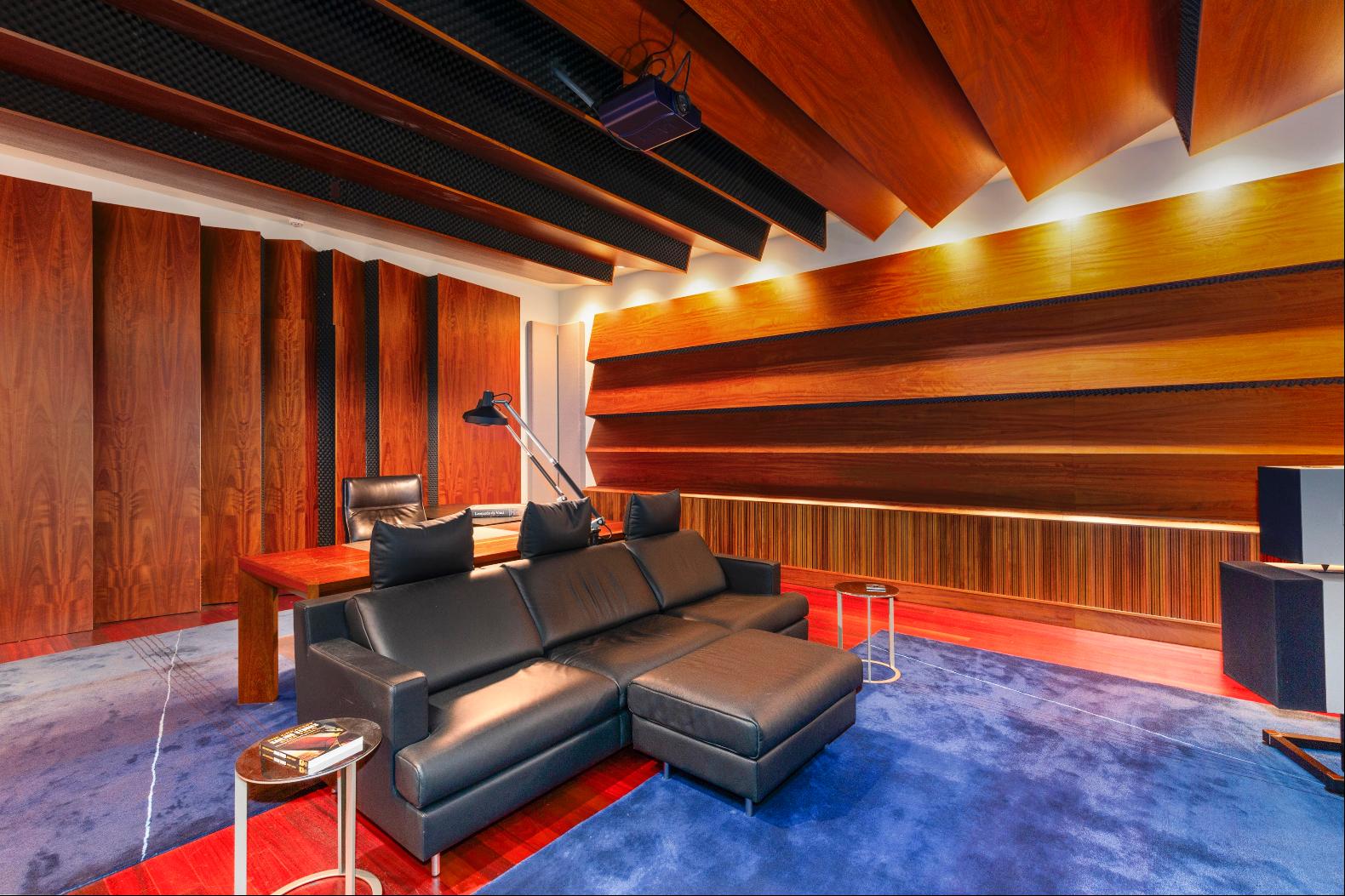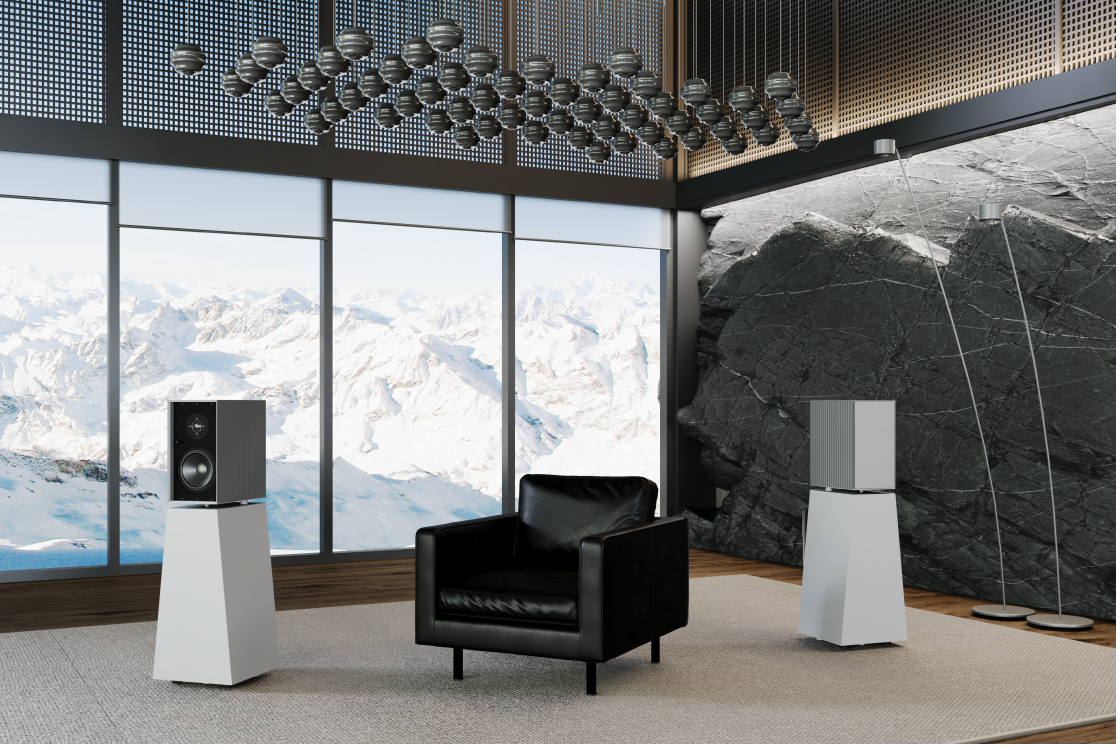
By Adrian Justins
Listening to music at home can be enjoyed in ways that would have seemed unimaginable only a decade or so ago. Traditional analogue Hi-Fi — such as a turntable connected to an amplifier and loudspeakers — is being usurped in many homes by digital devices that look nothing like their forebears and produce incredible, studio-quality sound.
In addition to a cinema room or media room, music fans seeking a premium audio experience at home can create a separate listening room — such as the one in this $4.875mn three-bedroom house in Maine, pictured below.

Zak Vracevic is director of London-based smart home specialists MEGA AV Installations. He says the two equally important factors to consider when creating a listening room are the Hi-Fi equipment and the acoustic properties of the room.
The size of the room should determine what tech to buy. “The system must have enough power and finesse to fill the room with high-quality sound,” he says. An underpowered Hi-Fi played loudly will become uncomfortable and cause “listening tiredness”.
In terms of Hi-Fi design, Vracevic says designers today can break with aesthetic convention without compromising acoustic performance. The Marantz Horizon, for example (main picture, above), is a tubular wireless speaker with a natural marble base that looks more like a sculptural artwork than audio equipment. It can be connected to streaming services such as Spotify and Apple Music and controlled using an app or proximity sensors. Special acoustic fabric helps it produce a powerful, refined sound.
Many people want the convenience of wireless playback from Bluetooth-connected sources such as phones and iPads. Vracevic cautions that Bluetooth is prone to interference — most obviously incoming phone calls and alerts that get played through the Hi-Fi. He says “a wired or networked connection is always the best”. For superior quality, tracks can be ripped from CDs or downloaded from the internet in super-high quality. These can be stored on a server and played back using a Hi-Fi streamer such as Naim’s NSS 333 that sits in the listening room.

If a wire-free connection between the streamer and speakers is still preferred then WiFi, which can handle hi-res music, is preferable to Bluetooth. Geneva-based luxury Hi-Fi company Goldmund, for example, uses bespoke wireless connections for its Asteria speakers (below), which are constructed from aluminium and contain a raft of performance-optimising features.
Audio from a streamer still requires amplification and, ideally, what’s called a processor, which digitally optimises the output of each frequency. The neatest looking solutions are “fully active” speakers such as Marantz’s Horizon and Goldmund’s Asteria, which eliminate the need for so-called Hi-Fi separates. The Asteria is four times more powerful than the Horizon.
Sound advice
To optimise a listening room’s acoustic properties it is recommended you seek the input of a sound expert — not just an interior designer. “I have seen interior designers just cover the walls with fabric and think that it would do the work — it won’t,” says Vracevic. The audio expert could be a specialist architect, custom installer or even a local Hi-Fi shop.
Surrey-based architect Ademir Volic specialises in media rooms and recording studios. His top tip is to use masonry in the construction: “Concrete, brick or block — the heavier the better.” Once a structure is built, the paths taken by sound waves in a room can be measured and problems corrected for by using sound absorbers and deflectors.

Véronique Adam, head of acoustics at Goldmund, says that measuring alone can end up “overcorrecting” and prefers to make adjustments by ear — often with the customer present — based on her listening experience and expertise. Good interior design is still recommended: “The less we have to correct, the better,” she says.
Volic believes that, from an interiors perspective, “the most successful listening rooms are the ones with invisible sound sources” — hidden speakers. Any custom installer will be able to recommend so-called architectural speakers that are embedded into the ceiling and walls, which could be part of a whole-home audio system. The ultimate version of an in-wall listening room is probably L-Acoustics’ recently launched Hyperreal Immersive Sound Space (HYRISS) system.
HYRISS uses as many as 60 hidden speakers, which are 17 times more powerful than the Goldmund system. Using sensing microphones, the sonic “signature” of the room can be altered to precisely replicate environments such as a specific concert hall, club or other music venue. It can play back live concert recordings that sound, note for note, like being at the actual event — though with a slightly higher price tag than a ticket for the original gig: a 60-speaker HYRISS system costs £250,000.
Photography: Christie’s International Real Estate





















